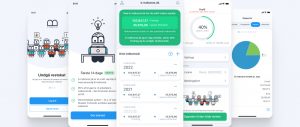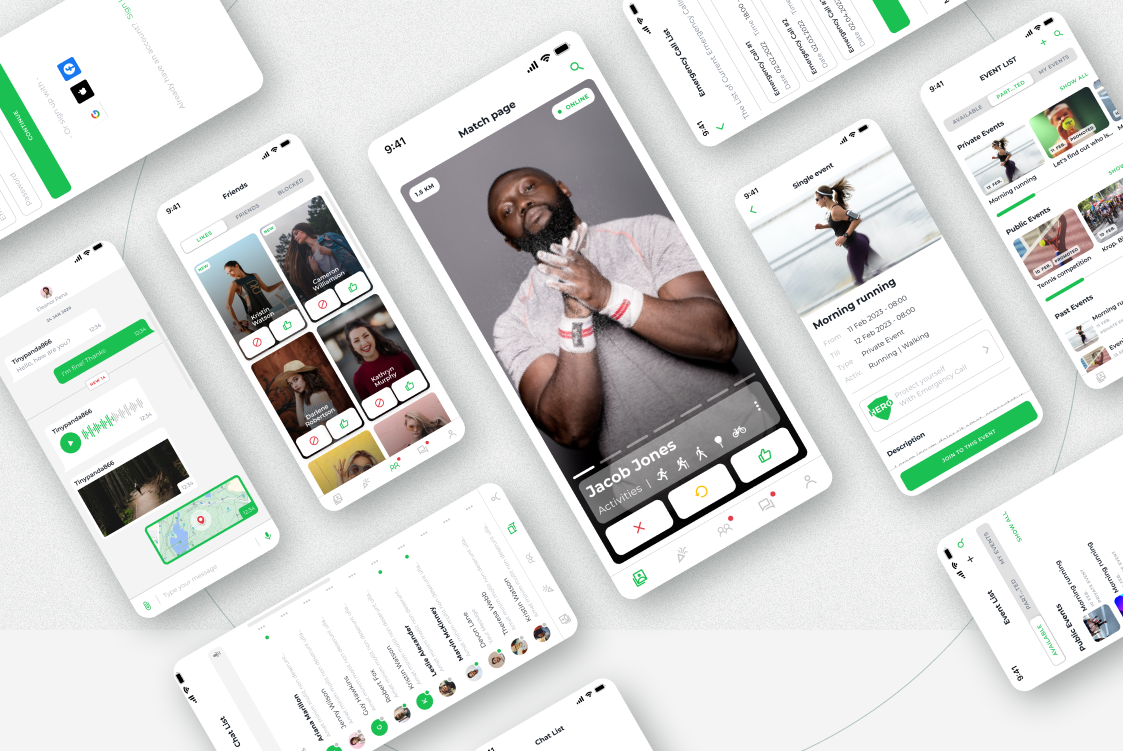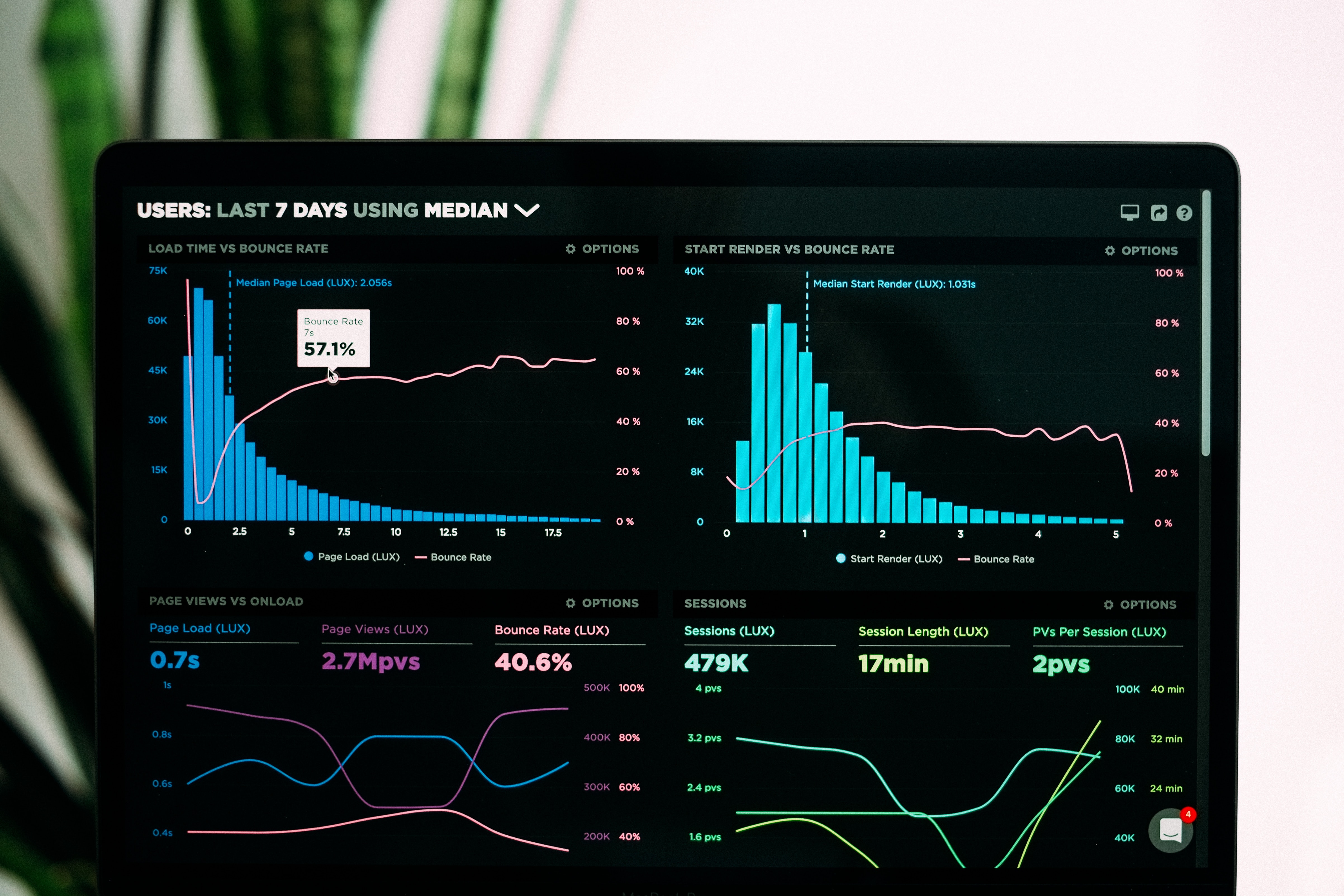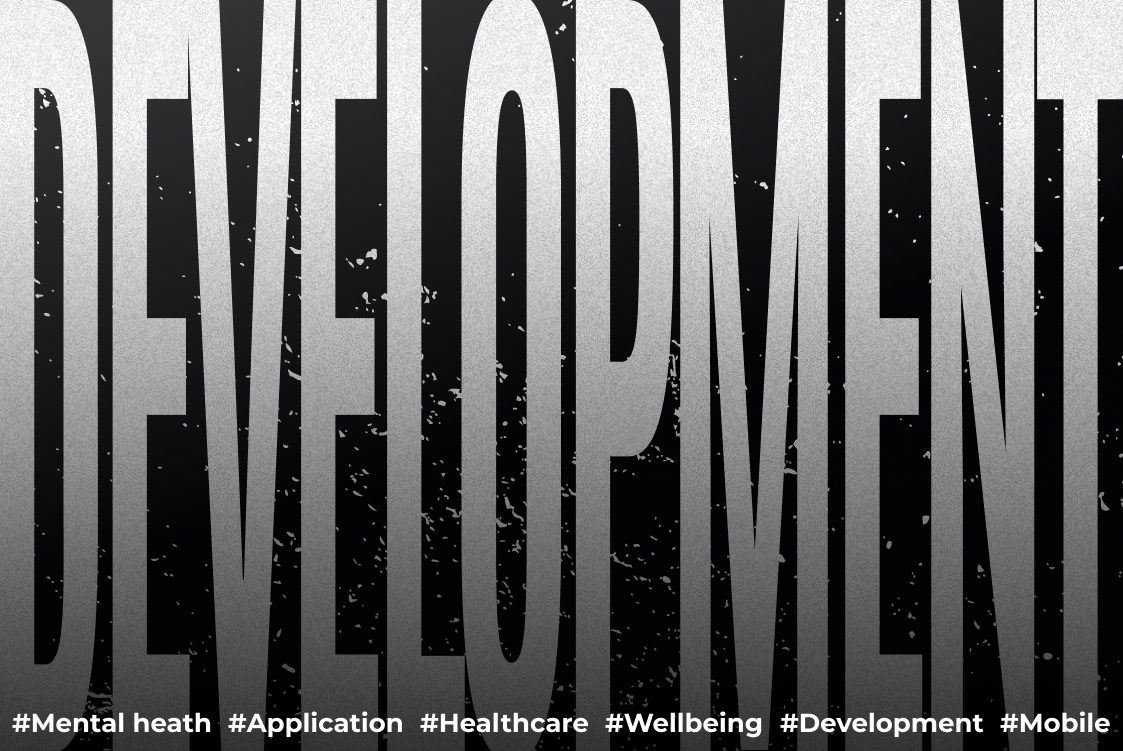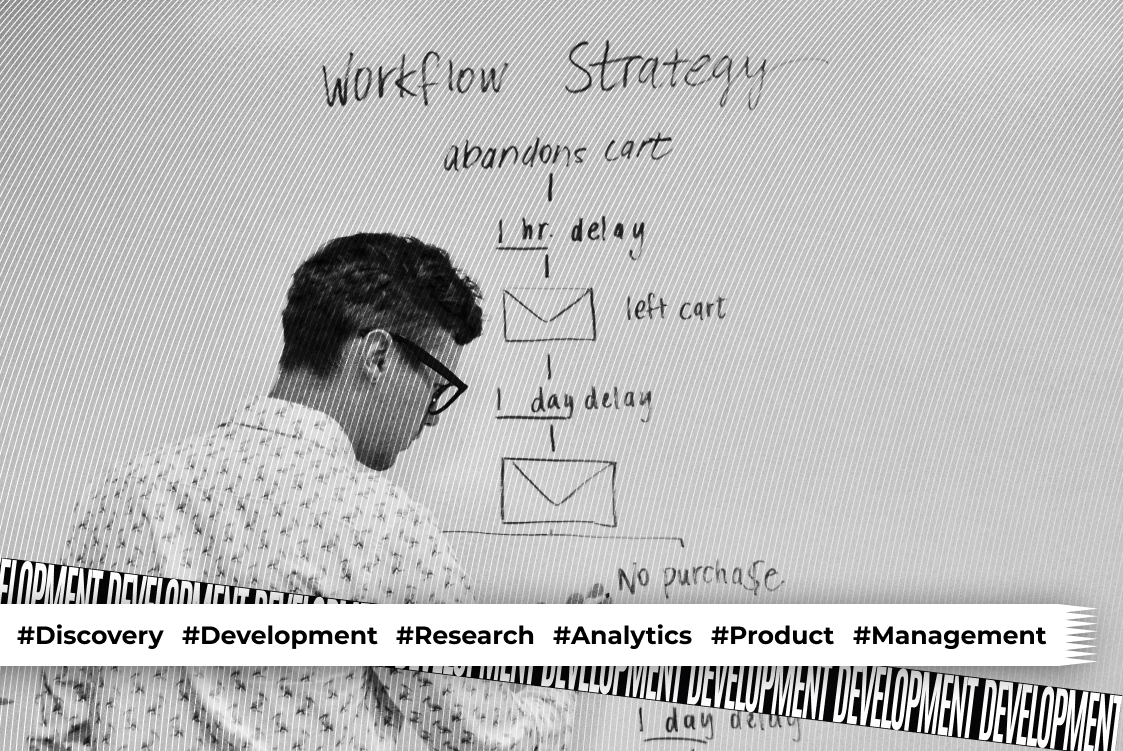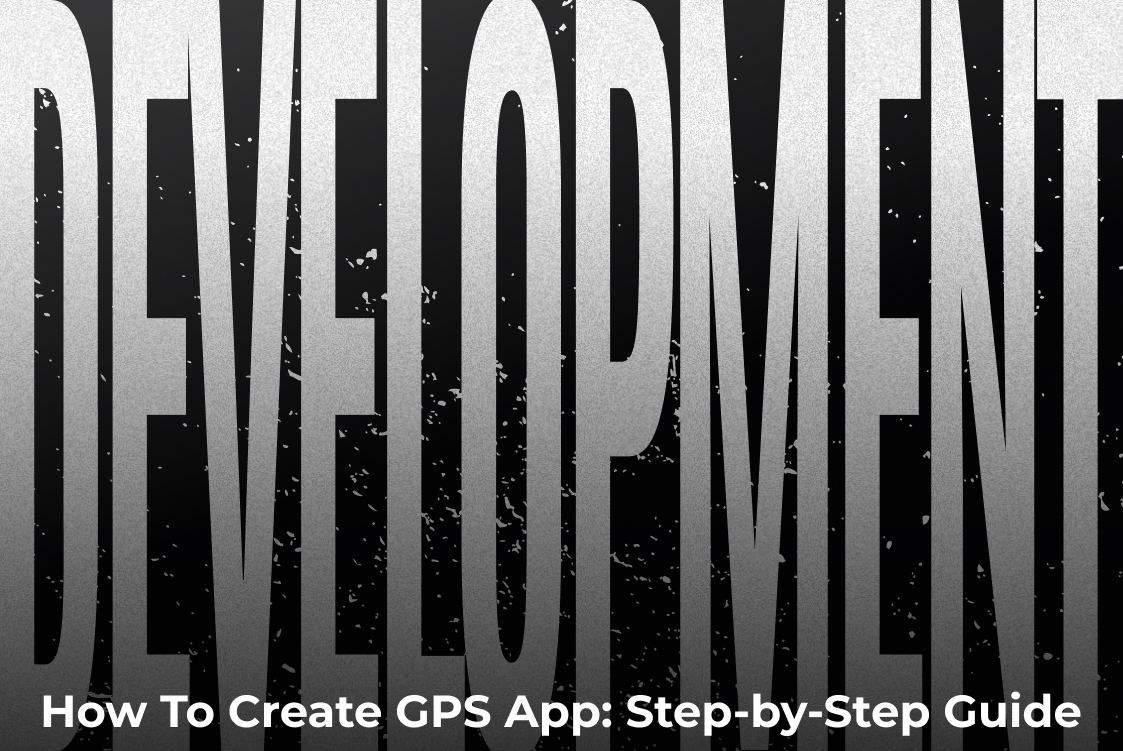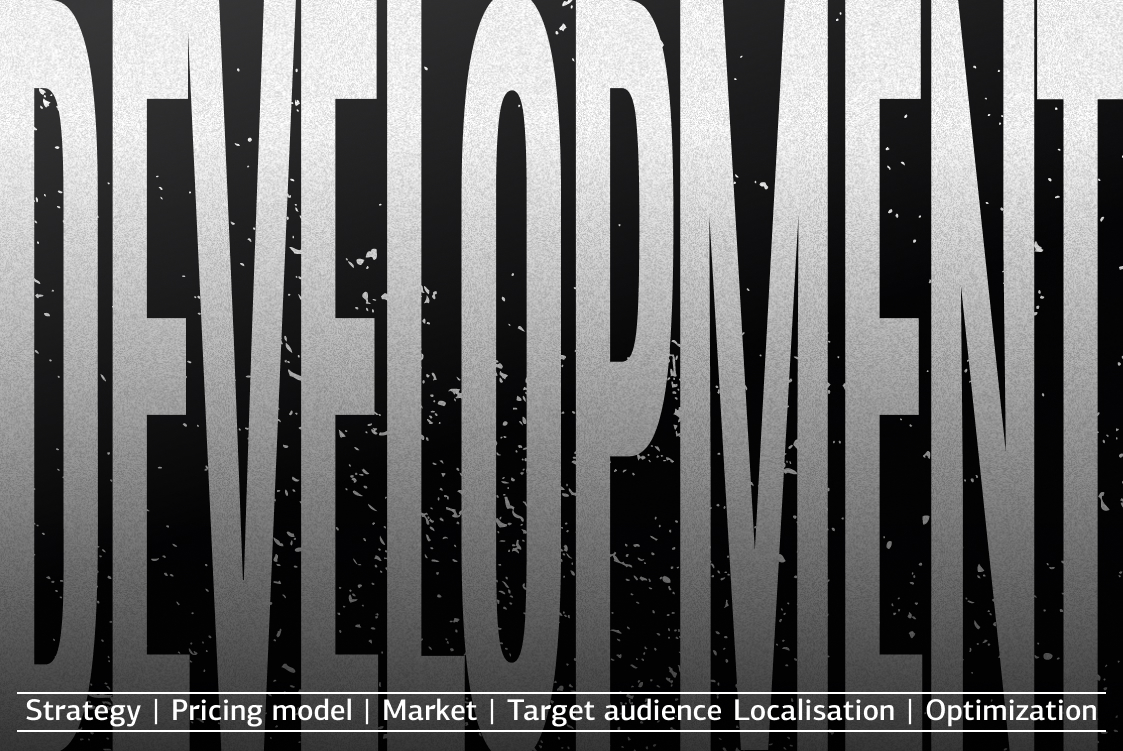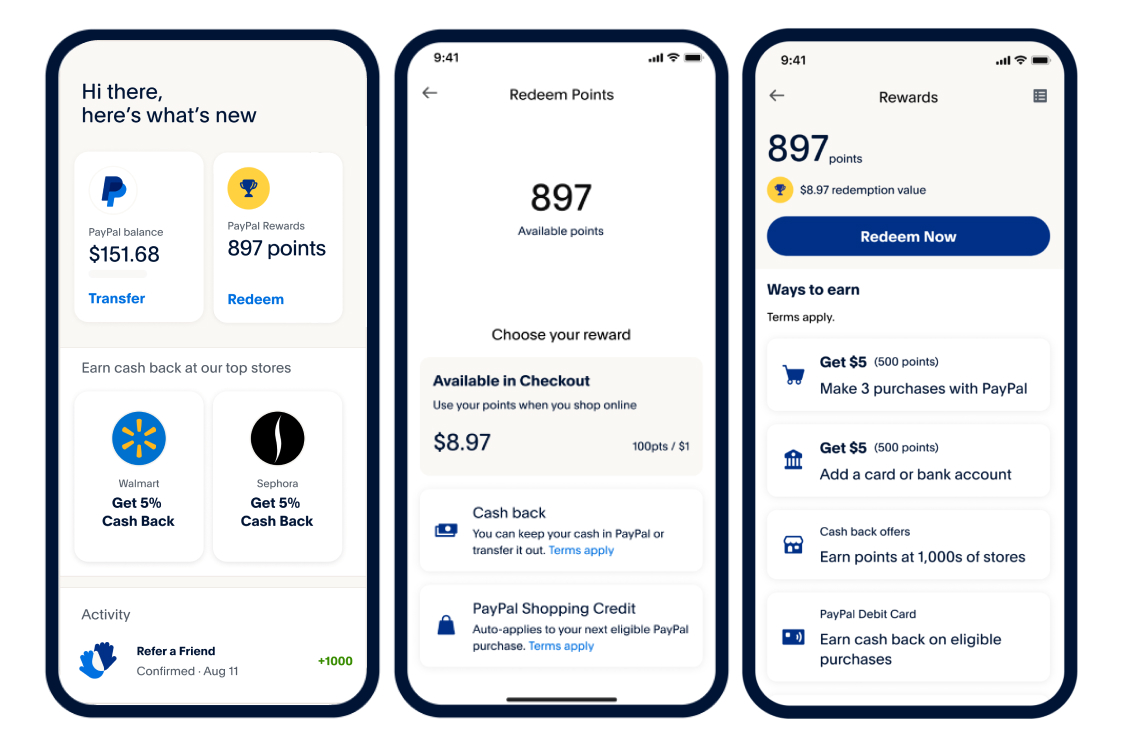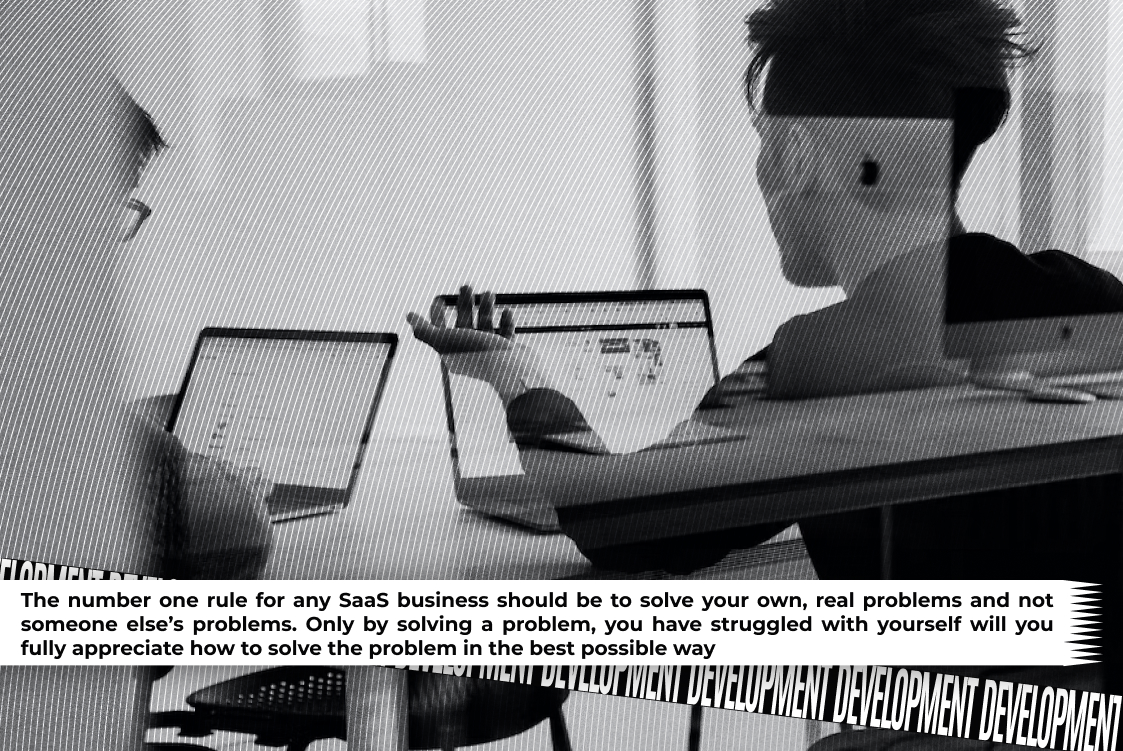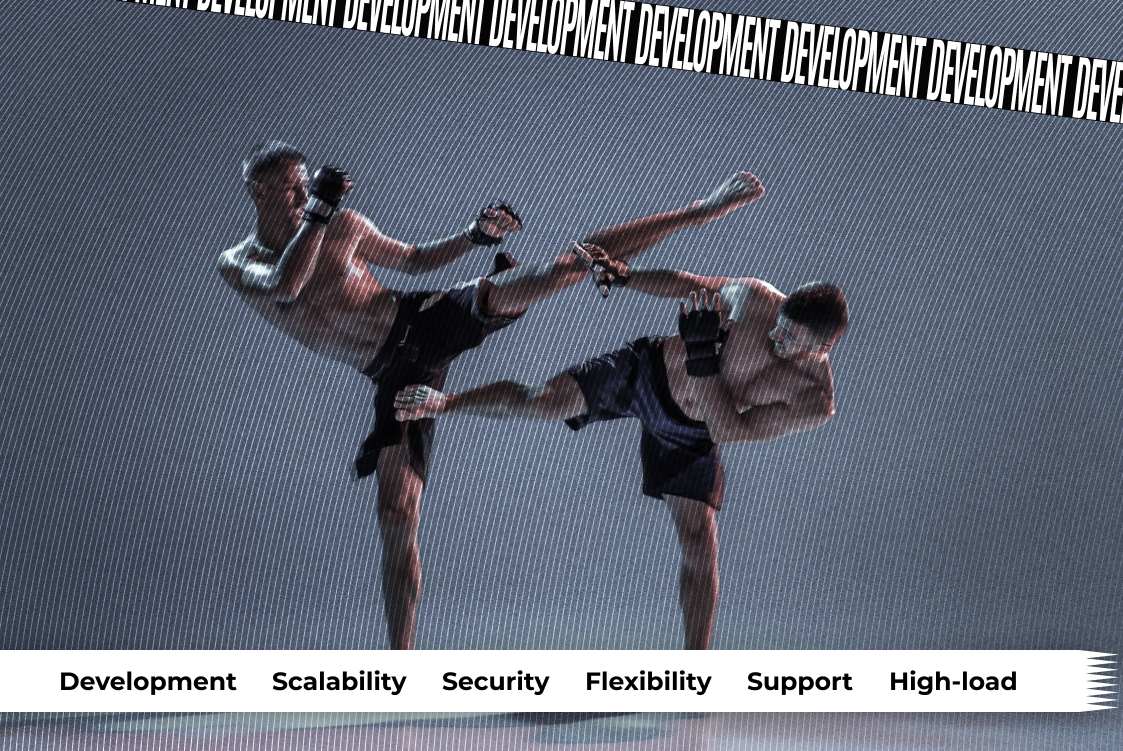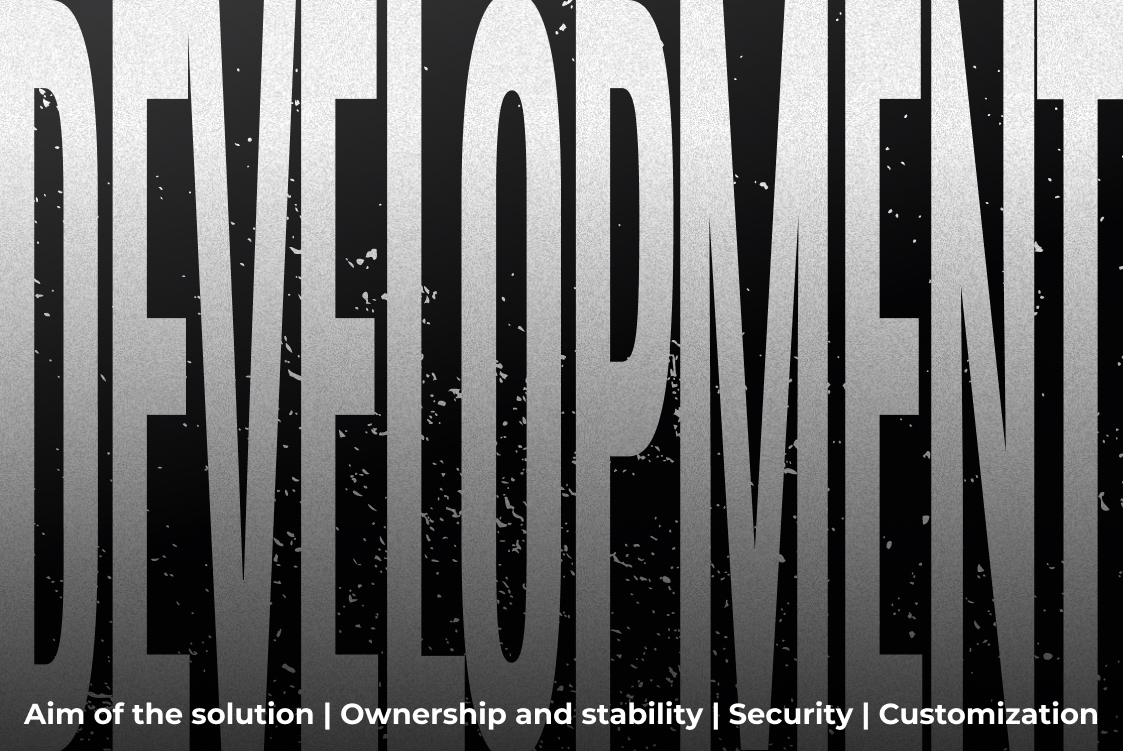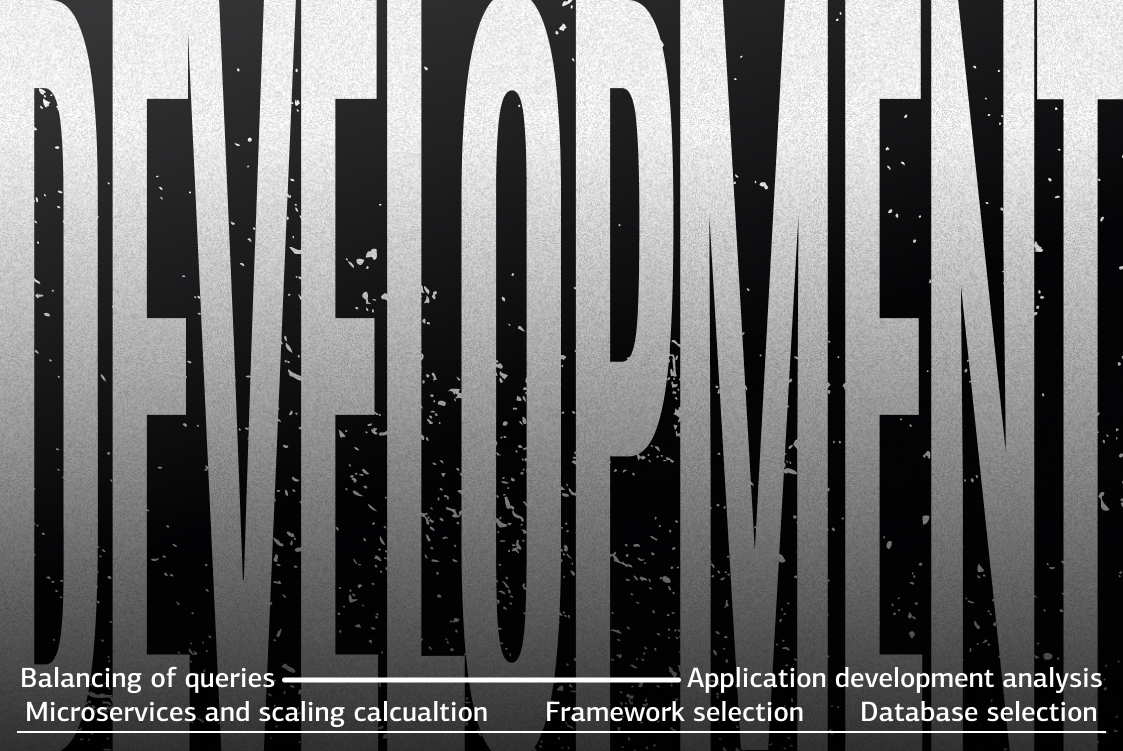In recent years, fitness apps have gained immense popularity as people seek to monitor their health and fitness goals. These apps have not only become a tool for personal use, but also a platform for businesses to promote their products and services. With the potential to reach a wider audience through a non-traditional marketing approach, fitness apps offer an excellent opportunity for businesses to expand their customer base. Paired, the top-grossing health and fitness app on Google Play Store, generated a revenue of 2.3 million U.S. dollars in 2022.
Organizations have the potential to leverage a wide array of features, such as nutrition tracking and workout reminders, to promote their products or services through a dedicated fitness and health app. However, how much does it cost to make a fitness app?
This blog post delves into these topics and more, providing insights and guidance to help you make informed decisions and understand how much does it cost to create a fitness app. Let’s delve deeper!
What Are the Types of Mobile Fitness Apps?
In 2022, the size of the fitness app market worldwide was estimated to be USD 1.3 billion, and it is projected to grow at a compound annual growth rate (CAGR) of 17.6% from 2023 to 2030. The outbreak of the COVID-19 pandemic caused governments to implement nationwide lockdowns and social distancing measures, leading to a shift from traditional fitness studios and gyms to virtual fitness options. As a result, there has been a surge in the number of downloads and subscriptions of fitness apps.
It’s no surprise, then, that there are a plethora of health and fitness apps available on the market. The major mobile fitness apps can be categorized as follows:
Workout Apps
These apps provide users with a range of exercises and workout routines, often presented in the form of videos or images with accompanying instructions. These apps typically do not offer personalized workout plans but instead allow users to choose exercises based on their preferences and fitness goals. Some workout apps also provide features such as calorie tracking and progress monitoring to help users stay motivated.
Activity Tracking Apps
These apps focus on tracking physical activity, such as steps taken, distance traveled, and calories burned. They can also integrate with wearable devices to track other health metrics like heart rate and sleep patterns. Activity tracking apps can help users set fitness goals and monitor their progress over time.
Diet & Nutrition Apps
These apps provide users with tools to track their food intake, monitor calorie consumption, and manage their diets. They often include features such as recipe suggestions, meal planning, and the ability to connect with nutrition professionals. Some diet and nutrition apps also offer personalized recommendations based on the user’s dietary preferences, such as vegan or keto diets.
Meditation & Yoga Apps
These apps offer guided meditation and yoga sessions for users to practice mindfulness and relaxation. They often provide instructional videos and audio recordings to help users learn proper yoga poses and breathing techniques. Some meditation and yoga apps also offer social features, such as the ability to join a community of like-minded individuals to share experiences and provide support.

What Affects On Cost Of Developing A Fitness App
It can be a costly endeavor, and there are several factors that can impact the final cost to develop fitness app. Understanding these factors can help you make informed decisions and manage the budget for your app development project. Here are some key factors that can affect the cost to developing fitness app:
App Features
Building an effective fitness app requires identifying the features and functionalities that the app will offer to its users. The more complex features and functionalities the app has, the more time and resources it will take to develop, test, and deploy the app. The features that you choose to include in your app should be based on your target audience’s needs and preferences. Identifying the core features and functionalities of your app and prioritizing them can help you save costs by focusing on the most important features and better understand how much does it cost to build a fitness app.
Design Complexity
The design of your fitness app is another important factor that can significantly affect the development cost. A simple and straightforward design will cost less than a complex and intricate design that requires more time and resources to create. The design of your app should not only be visually appealing but also be easy to use and navigate. This can help to improve user experience and reduce development costs.
Back-end Infrastructure
To build a robust and scalable application, you need to develop a reliable back-end infrastructure that supports the app’s functionalities. The back-end infrastructure includes web services for database storage and authentication mechanisms to protect user information. The cost of developing a back-end infrastructure can vary based on the complexity of your application and the type of web services required. Using too many external APIs can increase cost to develop fitness app significantly, so it’s essential to choose the right tools and technologies.
Platform and Device Compatibility
Compatibility with various platforms and devices can also affect the cost to develop a fitness application. Developing an app that is compatible with multiple platforms and devices requires additional coding and testing, which can increase the overall development cost. Choosing the right platform and device that aligns with your target audience can help to reduce cost to developing fitness app while still delivering an effective app.
Integration with Third-Party Services
Integrating your fitness app with third-party services such as social media platforms or fitness tracking devices can add to the overall development cost. Integrating with third-party services requires additional coding and testing, which can increase the overall development cost. However, integrating with these services can also help to enhance the user experience and provide added functionality to your app, which can lead to increased user engagement and satisfaction.
Development Team Location
The location of your development team can also impact the cost of developing your fitness app. Hiring a team from a region with a lower cost of living can reduce the development cost significantly. However, it is important to ensure that the quality of work delivered by the development team is not compromised due to lower costs.
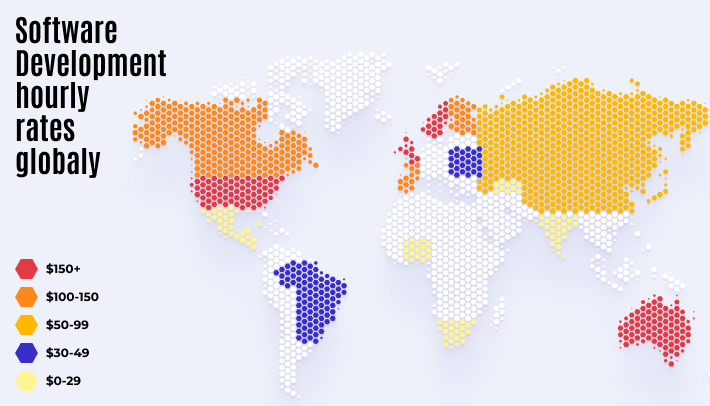
App Maintenance and Updates
Once your fitness app is developed and launched, you will need to maintain and update it regularly to keep up with the latest technologies and user demands. App maintenance and updates can add to the overall cost to develop a fitness application. The cost of maintenance and updates should be factored in during the initial planning stage to avoid unexpected costs down the line. Regular maintenance and updates can help to improve the app’s performance, user experience, and reduce the risk of bugs and crashes.

Features of Fitness App
The features of fitness app also affect how much does a fitness app cost. Here is the list of the most common features. So, you can choose what you need:
Workout Logging
A variety of fitness apps allow users to create personalized workout plans based on their unique needs. These apps also enable users to track and record their workouts, helping them monitor their progress over time. Some even include built-in timers for rest periods between sets or interval training.
Goal Establishment & Challenges
Most fitness apps offer goal-setting features that enable users to set targets such as weekly running distances or daily step counts. Furthermore, apps may provide challenges or competitions against friends or members of the app’s community, adding motivation and promoting friendly competition.
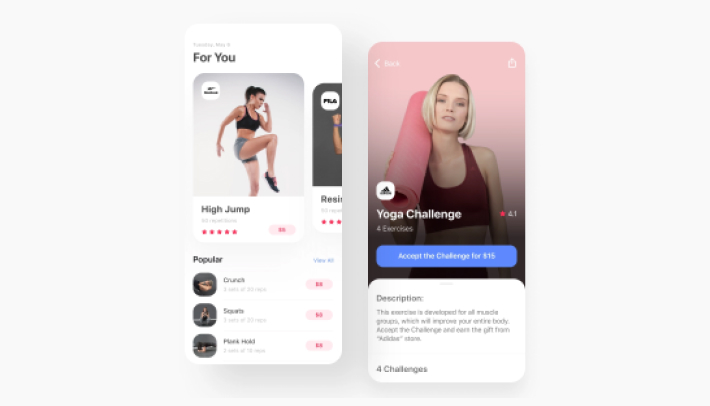
Tracking and Analytics
One of the main features of fitness apps is the ability to track and analyze physical activity. This includes features such as step tracking, distance traveled, calories burned, heart rate monitoring, and more. Regular exercise tracking also helps motivate users by providing them with information on where improvements are needed and how close they are to reaching their goals.
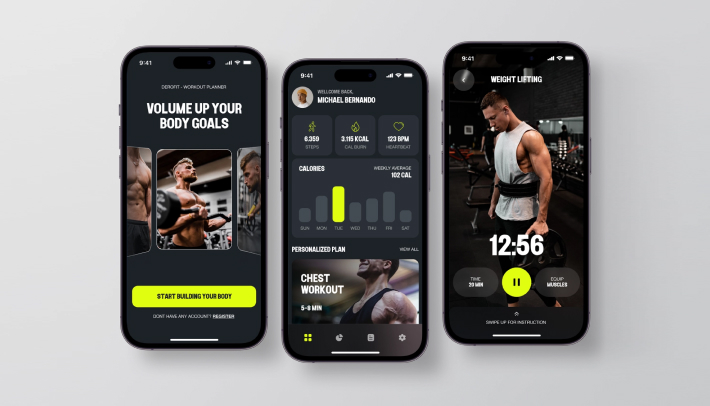
Workout Plans
Many fitness apps offer customizable workout plans based on the user’s goals, fitness level, and preferences. These plans may include a variety of exercises, such as cardio, strength training, and stretching. Users can also create their own workout plans.
Nutrition Tracking
Some fitness apps include features for tracking food intake and monitoring nutrition. Users can log meals and snacks, view nutritional information, and set goals for macronutrient intake. Calorie counts and ingredient lists can assist users in selecting the best foods for their objectives and making more informed decisions about their nutrition.
Social and Community Features
Fitness apps may have social and community features that allow users to connect with others who have similar goals and interests. This can include features such as social media integration, leaderboards, challenges, and sharing progress with friends.
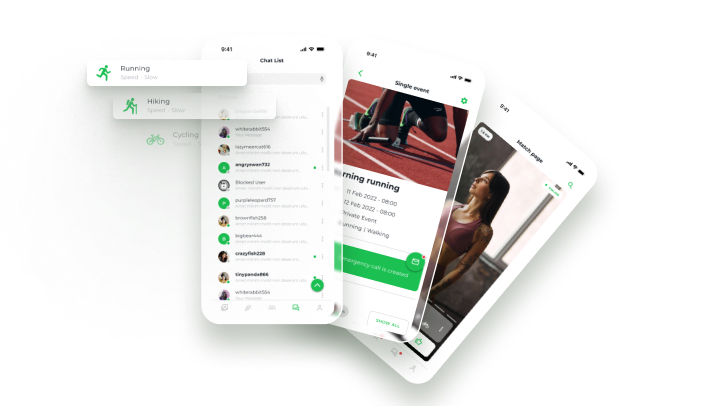
Virtual Coaching and Personalized Recommendations
Some fitness apps offer virtual coaching or personalized recommendations based on user data. This can include suggestions for workouts, nutrition, and lifestyle changes based on the user’s goals and preferences.
Integration with Wearable Devices
Many fitness apps can be integrated with wearable devices such as fitness trackers, smartwatches, and heart rate monitors. This allows for more accurate tracking and monitoring of physical activity. By consolidating all health-related data in one place, users gain a more comprehensive understanding of their health and can quickly identify trends.
In-App Purchases and Premium Content
Some fitness apps offer additional features and content through in-app purchases or subscription services. This can include premium workout plans, coaching, personalized nutrition plans, and more.
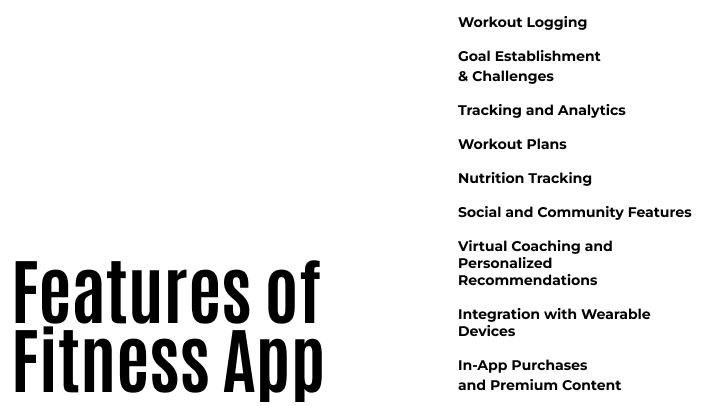
Process of Fitness App Development
The process of developing a fitness app can be complex and involve several steps. Here are some of the main steps involved in the process:
Market Research
To develop a successful fitness app, you need to understand the needs and expectations of your target audience. During the market research phase, identify your potential customers’ demographics, goals, and lifestyles to uncover any unexpected demands. You should also research your competitors to identify gaps in the market that your app can fill.
Discovery
Work with your designers and developers to formalize and structure your project during the product discovery phase. Develop a requirements list that includes all the features you want to include and choose a tech stack that suits your needs. BA engineers can review your specifications for any logical mistakes, and you can estimate the time and finances needed to build the app. With the help of your team, you can follow these steps:
- Define and elaborate on the requirements and features that you wish to include in the app. For more information on this topic, refer to our detailed requirements specification guide.
- Choose the appropriate tech stack that fits your needs.
- Have your specifications reviewed by BA engineers to ensure that they are free of logical errors.
- Estimate the time and financial resources required to develop the app.
Design
In the design phase, your team will create the visual and interactive elements of the app. This phase involves user interface design, prototyping, and user testing. User testing will ensure that the app is intuitive and user-friendly for your target audience.
Development
During the development phase, developers will build the actual app, connecting it to the back-end and integrating it with payment gateways and social media platforms. You can minimize fitness app development cost and time to market by starting with a minimum viable product (MVP) that includes only the core functionality. If the MVP performs well, you can use its success to negotiate additional funds with investors. As you build the solution, consider the following questions with your team:
- What components can we reuse to reduce the costs of developing the fitness app?
- Which components do we need to integrate, such as Google Fit or Apple Health?
- How can we ensure the security of the application?
- What are the regulations regarding data privacy, and are we compliant with them?
Quality Assurance and Testing
During this phase, quality assurance engineers will test the app for bugs and ensure it complies with regulatory requirements. You can also review and refactor the code to increase speed and stability.
Launch and Marketing
Once the app has been developed and tested, it is ready to be launched. This may involve submitting the app to app stores such as Google Play or the Apple App Store, and promoting the app through various channels such as social media, advertising, and public relations.
Maintenance and Updates
After the app has been launched, the development team must continue to maintain and update the app to ensure that it remains functional and up-to-date. This may involve fixing bugs and glitches, adding new features, and responding to user feedback and requests.
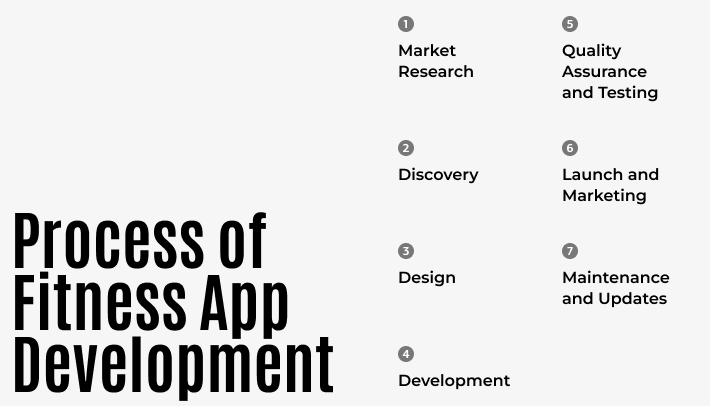
Tips For Creating Of Fitness Applications Faster
Define Clear Goals and Requirements
When developing a fitness app, it’s important to approach the process with a well-defined plan that outlines clear goals and requirements. This helps to ensure that the development process is streamlined and efficient, while also ensuring that the app meets the needs of its intended audience. By identifying the core features and functionality required, as well as any technical requirements such as integrations with wearable devices, developers can gain a clear understanding of the app’s scope and work towards achieving its goals.
Use Pre-built Components and Libraries
One effective strategy for speeding up the development process is to utilize pre-built components and libraries. There is a wide range of frameworks and libraries available for fitness app development that can save time and effort. For example, developers can use pre-built components for tracking physical activity, libraries for nutrition tracking, and UI components for displaying data. This approach can help to speed up development, reduce errors, and improve the overall quality of the app.
Consider Cross-platform Development
Another strategy that can be effective for reducing development time and costs is to consider cross-platform development. Rather than building a separate app for each platform, developers can use cross-platform development tools such as React Native or Flutter. These tools allow developers to write code once and deploy it to multiple platforms, which can help to speed up the development process and reduce fitness app development costs.
Focus on MVP (Minimum Viable Product)
When building a fitness app, it’s also important to focus on building an MVP (Minimum Viable Product) that includes only the core features and functionality. This approach can help to speed up development and testing, and can also help to validate the idea and gain user feedback before investing more time and resources into building a more fully-featured app. By focusing on an MVP, developers can identify areas for improvement and make necessary changes before the app is launched.
You can read the real success case of fitness mobile app MVP development from EVNE Developers. To be short, a mobile app was developed from scratch for iOS and Android to help people find new friends to take part in sports activities in a secure environment. To stand out from competitors, the app combined features from sports and dating domains, presenting a challenge for the team. By gaining a clear understanding of the market and finding a niche, the team developed a well-tailored MVP app that satisfied the needs of the audience. The app is undergoing live testing with early adopters and has a clear roadmap for future updates and scaling.
Use Agile Development Methodology
Agile development methodology can also be effective for speeding up development and improving the quality of the app. This approach involves breaking the development process into smaller, iterative cycles, which allows for faster feedback and testing. This can help to identify and address issues early in the development process, which can ultimately lead to a more polished and refined final product.
Automate Testing and Deployment
Automating testing and deployment can be an effective way to streamline the development process and reduce the risk of errors. By using automated testing and deployment tools, developers can speed up the process and improve the overall quality of the app. This approach can help to ensure that the app is thoroughly tested and free of bugs before it is launched, which can lead to a more positive user experience.
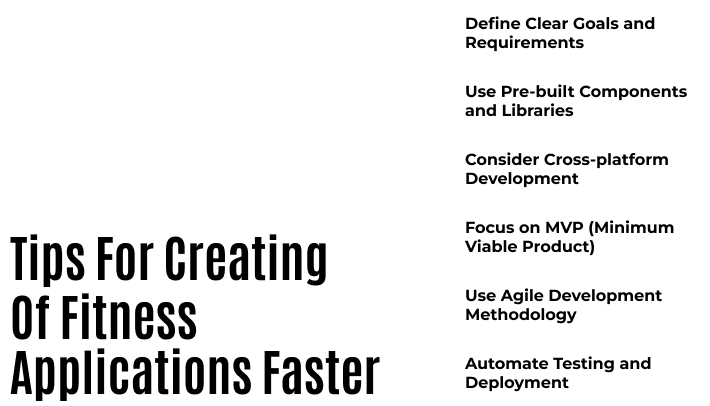
Conclusion
Fitness apps are a valuable tool for businesses to attract and engage more customers with their products or services. By implementing an effective development plan and strategy, companies can seamlessly integrate fitness apps into their marketing efforts.
So, the main question is, how much does it cost to create a fitness app? The cost of developing a fitness app can vary depending on the specific requirements and features needed. A basic fitness app with limited functionality and a modest design can cost around $10,000. However, for a comprehensive feature set, the fitness app development cost could reach up to $150,000. Keep in mind that these costs are just an estimate for an average app, and incorporating custom animation or innovative technologies such as AI can increase the costs significantly.
To get a more precise estimate and know how much does it cost to develop a fitness app, it is important to consider all the factors presented in this article and tailor them to your specific case. This includes app features, design complexity, platform and device compatibility, integration with third-party services, development team location, and app maintenance and updates. A thorough analysis of these factors can help to estimate the total cost of developing a fitness app.
You can partner with a reliable mobile app development company like EVNE Developers to build a fitness app that meets your specific needs and preferences. We encourage you to take advantage of this opportunity to create a fitness app that stands out and promotes your business effectively.




